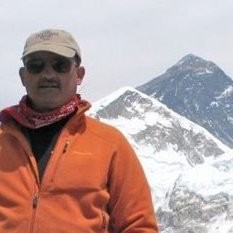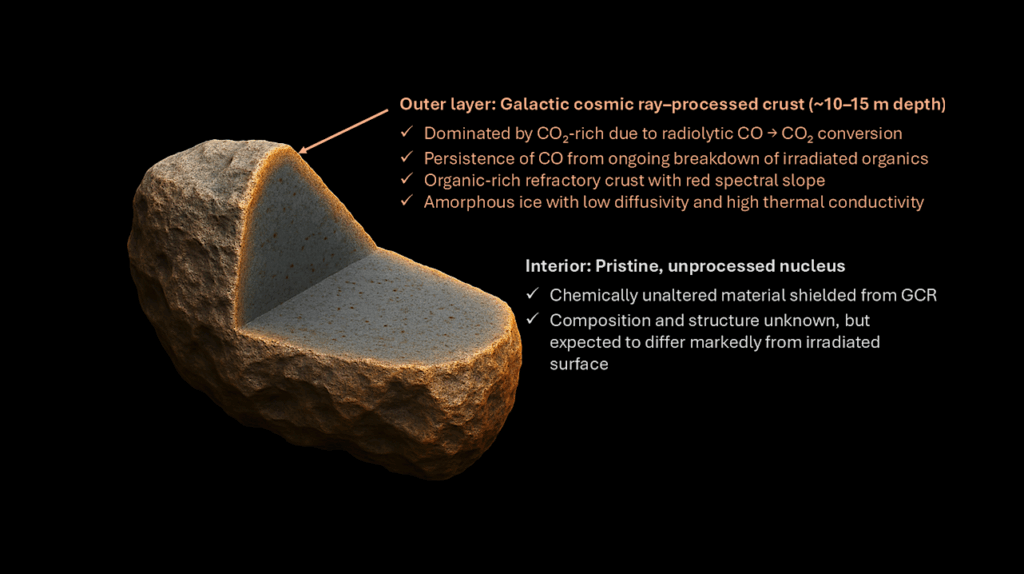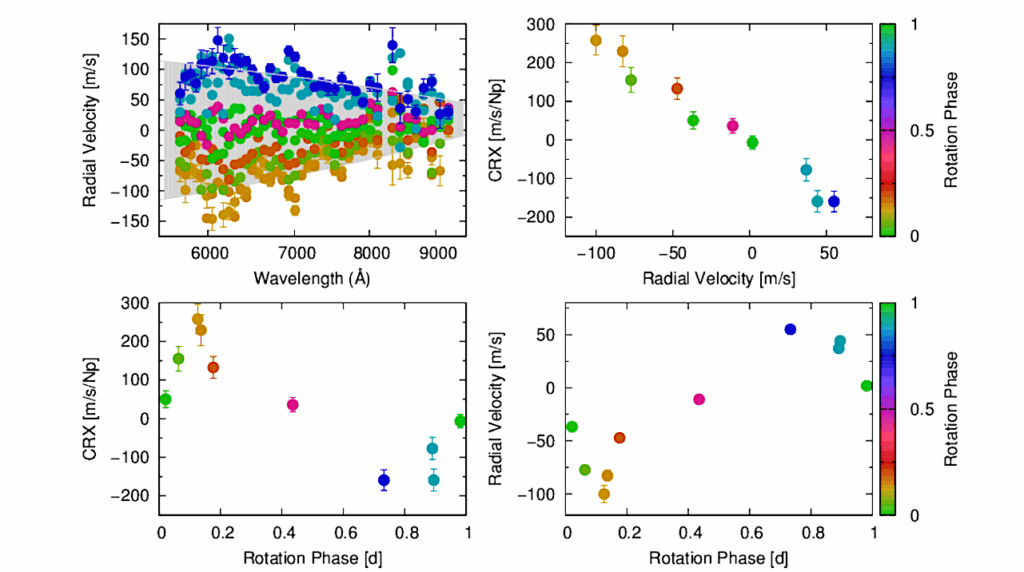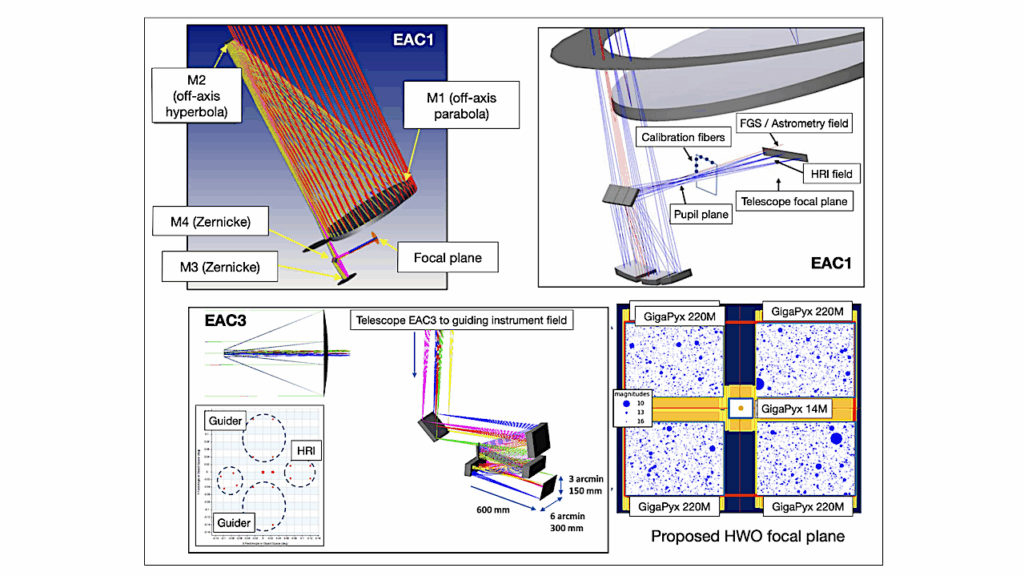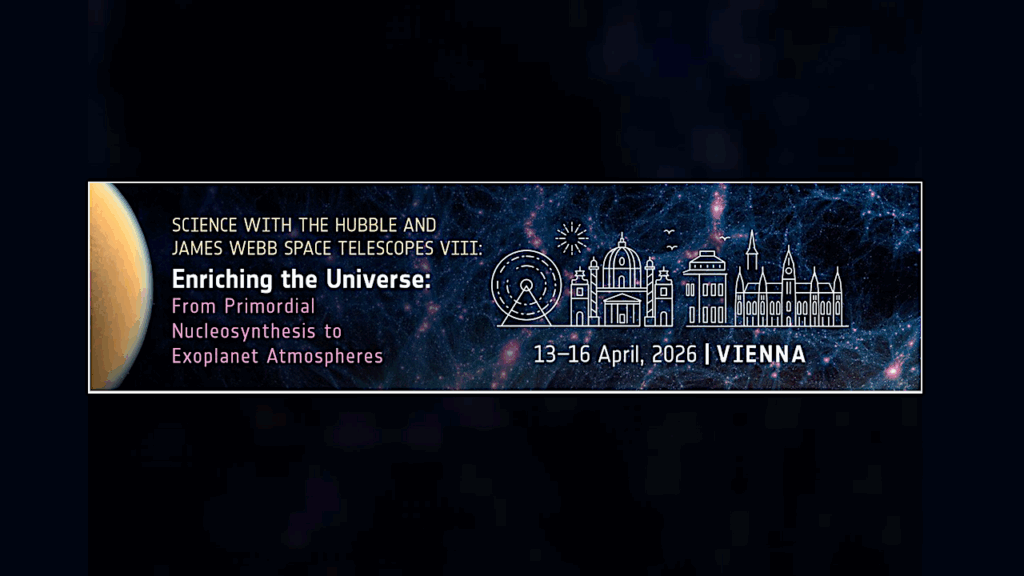Long-term Stability and Dynamical Spacing of Compact Planetary Systems
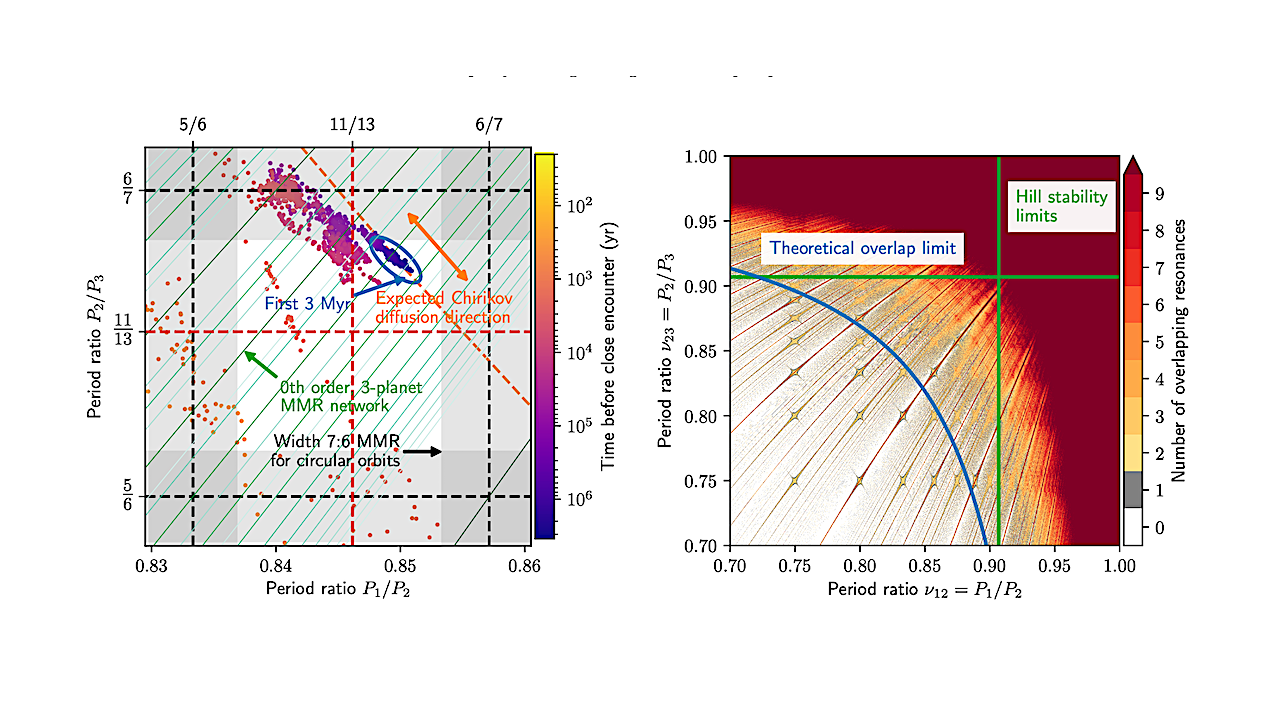
Exoplanet detection surveys revealed the existence of numerous multi-planetary systems packed close to their stability limit.
In this proceeding, we review the mechanism driving the instability of compact systems, originally published in Petit et al. (2020). Compact systems dynamics are dominated by the interactions between resonances involving triplets of planets.
The complex network of three-planet mean motion resonances drives a slow chaotic semi-major axes diffusion, leading to a fast and destructive scattering phase. This model reproduces quantitatively the instability timescale found numerically.
We can observe signpost of this process on exoplanet systems architecture. The critical spacing ensuring stability scales as the planet-to star mass ratio to the power 1/4. It explains why the Hill radius is not an adapted measure of dynamical compactness of exoplanet systems, particularly for terrestrial planets.
We also provide some insight on the theoretical tools developed in the original work and how they can be of interest in other problems.
Antoine C. Petit
Comments: Contribution to the Proceedings Kavli-IAU Symposium No. 382, 2024 (Complex Planetary Systems II, July 2023). Beyond the review, section 3 discusses observational implications on from the dynamical spacing
Subjects: Earth and Planetary Astrophysics (astro-ph.EP)
Cite as: arXiv:2411.19590 [astro-ph.EP](or arXiv:2411.19590v1 [astro-ph.EP] for this version)
https://doi.org/10.48550/arXiv.2411.19590
Focus to learn more
Journal reference: Proceedings of the International Astronomical Union. 2022;18(S382):20-29
Related DOI:
https://doi.org/10.1017/S1743921323004167
Focus to learn more
Submission history
From: Antoine Petit C.
[v1] Fri, 29 Nov 2024 10:13:17 UTC (1,709 KB)
https://arxiv.org/abs/2411.19590
Astrobiology,

